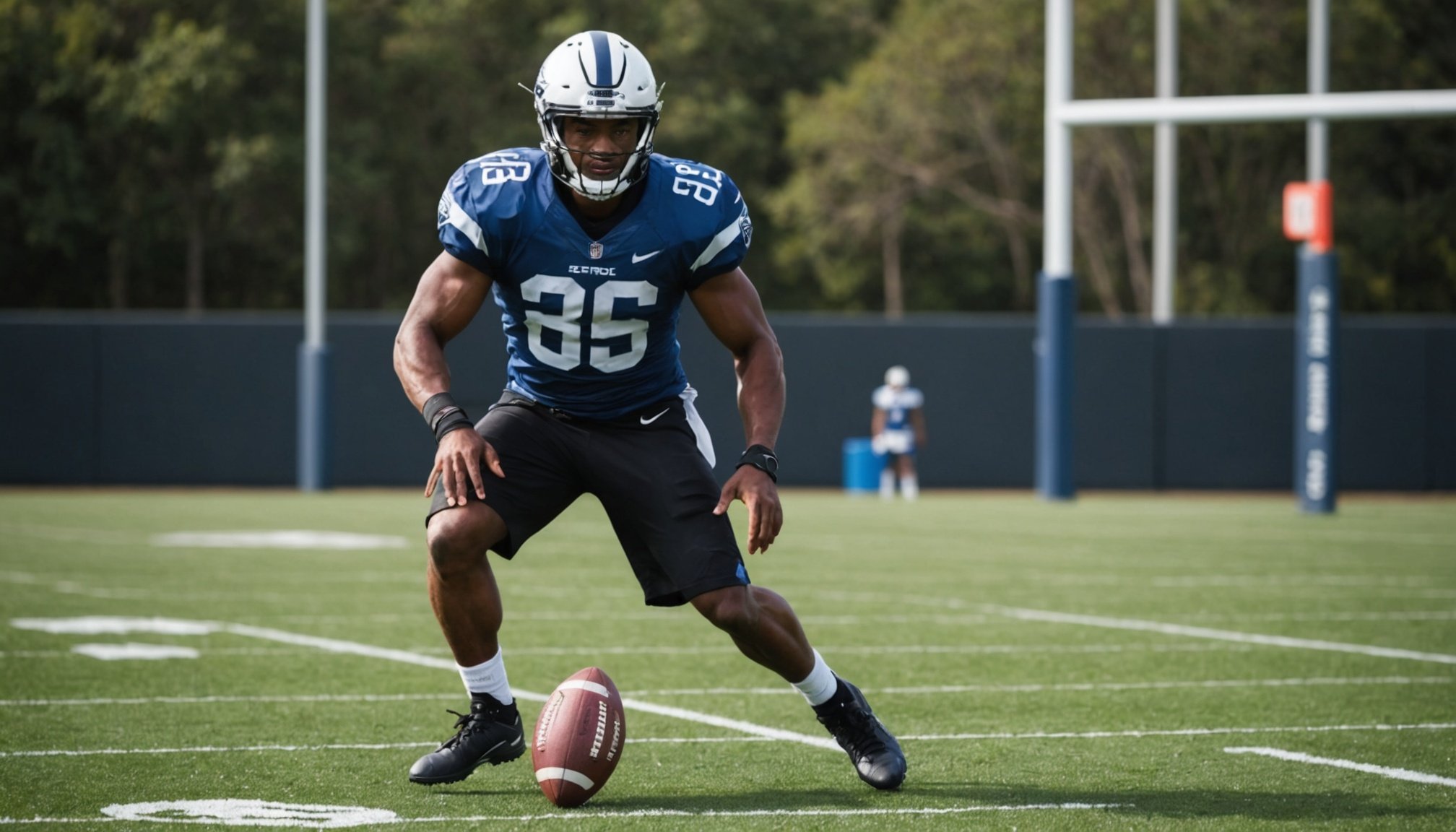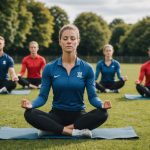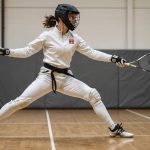Importance of No-Gym Exercises for Football Players
No-Gym Football Training has emerged as a crucial aspect for football players aiming to boost performance without access to a gym. These exercises are essential as they focus on developing core skills needed on the field. One significant advantage of no-gym exercises is their ability to enhance performance by improving both strength and agility.
Agility in football is vital; players must manoeuvre quickly and change directions effortlessly. Agility can be improved through exercises like ladder drills and cone drills, which simulate match conditions. These drills not only refine players’ quick response capabilities but also contribute to overall performance enhancement.
Flexibility plays an essential role in preventing injuries during training and matches. Incorporating flexibility routines, such as yoga or dynamic stretching, helps maintain muscle elasticity, reducing injury risks. Staying flexible is especially important in football, where sudden movements and intense physical demands are common.
By prioritizing no-gym football training, athletes can maintain their competitive edge, even when gym facilities are unavailable. This approach emphasises the natural development of fundamental skills, reinforcing the player’s overall fitness and readiness for the game.
Also to see : Top Recovery Strategies for Football Players After Intense Double-Header Matches
Structuring a Balanced Routine
Creating a balanced football training routine is imperative to enhance on-field performance effectively. A well-rounded exercise routine should integrate strength, agility, and endurance, ensuring comprehensive development without the need for a gym. Balancing these components allows athletes to develop the physicality required for dynamic and high-intensity matches.
Weekly Session Structure
To achieve performance enhancement, structuring weekly sessions with varied focus areas is beneficial. Start by allocating specific days for strength exercises, such as bodyweight movements including push-ups and lunges. On alternate days, emphasize agility through drills like ladders and cone exercises. Dedicate remaining sessions to endurance, perhaps incorporating long-distance running or interval training for cardiovascular capacity.
Importance of Rest and Recovery
Incorporating rest is crucial for muscle repair and sustained training efficiency. Allow at least one or two rest days per week to prevent burnout and injuries, aiding in maintaining consistent progress over time. Active recovery strategies, such as light stretching and foam rolling, can further enhance recovery processes. This structure not only ensures a balanced approach towards football training but also optimises overall athletic performance.
Essential No-Gym Exercises for Football Skills
Top No-Gym Exercises can provide football players with crucial skills development and performance enhancement without stepping into a gym. Whether it’s boosting agility or reinforcing core strength, these exercises are essential for advancing one’s game.
Plyometric Drills
Plyometric drills such as box jumps and squat jumps are pivotal for building explosive power, tailored for on-field dynamism. Burpees also provide a full-body workout, enhancing speed and coordination.
Bodyweight Strength Exercises
Bodyweight exercises like push-ups and lunges target core and strength development, pivotal for a football player’s overall athleticism. Planks, for instance, fortify the core muscles, which are vital for maintaining stability and balance during intense matches. These exercises demand minimal equipment yet offer significant progress in stamina and muscle strength.
Agility and Coordination Drills
Agility and coordination drills, such as ladder drills or cone exercises, enhance quick footwork and enable rapid directional changes—critical on the field. Shuttle runs hone speed and endurance, crucial for match scenarios that require both. Mastering these no-gym exercises enables footballers to maintain a high performance level, ensuring they are agile, strong, and resilient. Adopting these techniques offers players an engaging and effective way to sharpen their skills.
Tips for Implementation and Progress Tracking
Implementing a No-Gym Football Training regime effectively requires strategic planning and consistent progress evaluation. Achieving optimal results hinges on maintaining motivation and systematically tracking improvements.
Setting Realistic Goals
When embarking on a training implementation journey, it’s crucial to establish realistic, measurable goals. Short-term objectives might include mastering specific agility drills, while long-term aims could focus on overall performance enhancement. Such goals ensure a structured approach, facilitating steady progression and keeping motivation high.
Utilizing Online Resources
Leverage numerous online platforms for inspiration and guidance. Websites, apps, and expert-led tutorials offer valuable insights into refining your exercise routine. This accessibility grants athletes the flexibility to explore diverse techniques and incorporate new exercises into their no-gym workouts, enhancing both agility and strength.
Keeping a Training Journal
Tracking workouts with a journal is indispensable for effective progress tracking. Documenting every session allows players to analyse performance trends and make necessary adjustments in their no-gym workout plan. By regularly reviewing this data, athletes can identify areas needing improvement and tailor their balanced football training to maximize gains. This systematic approach ensures sustained progress and continual skill development.





